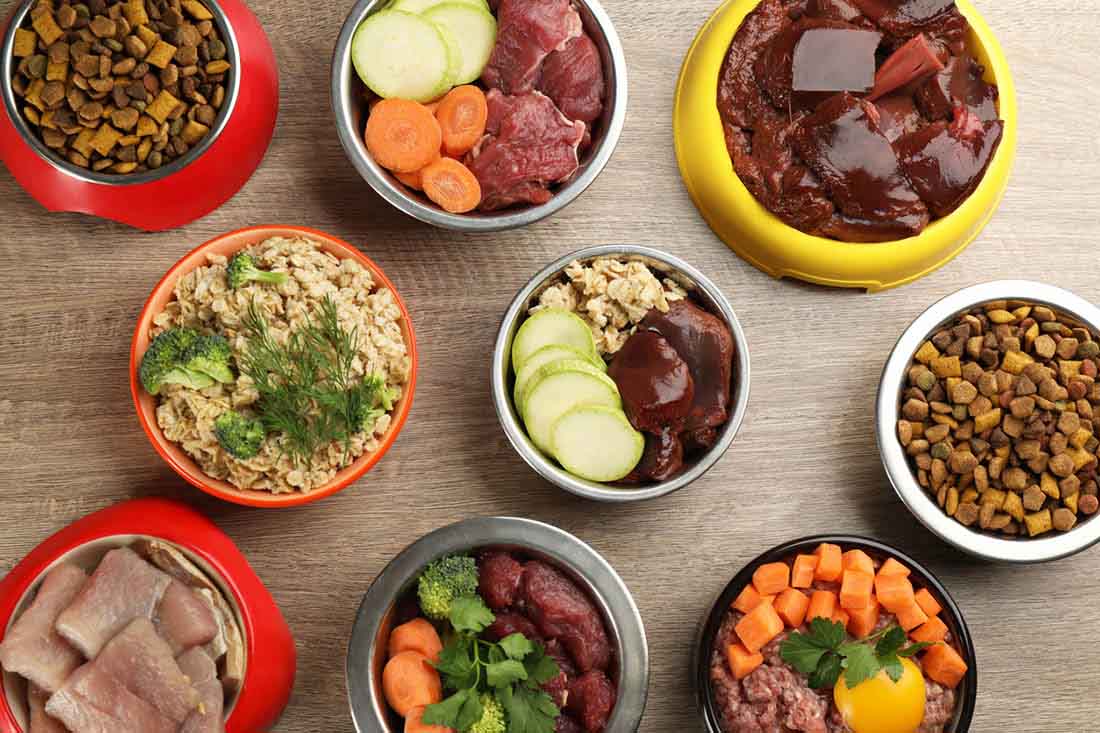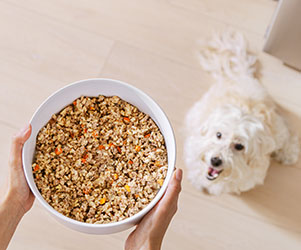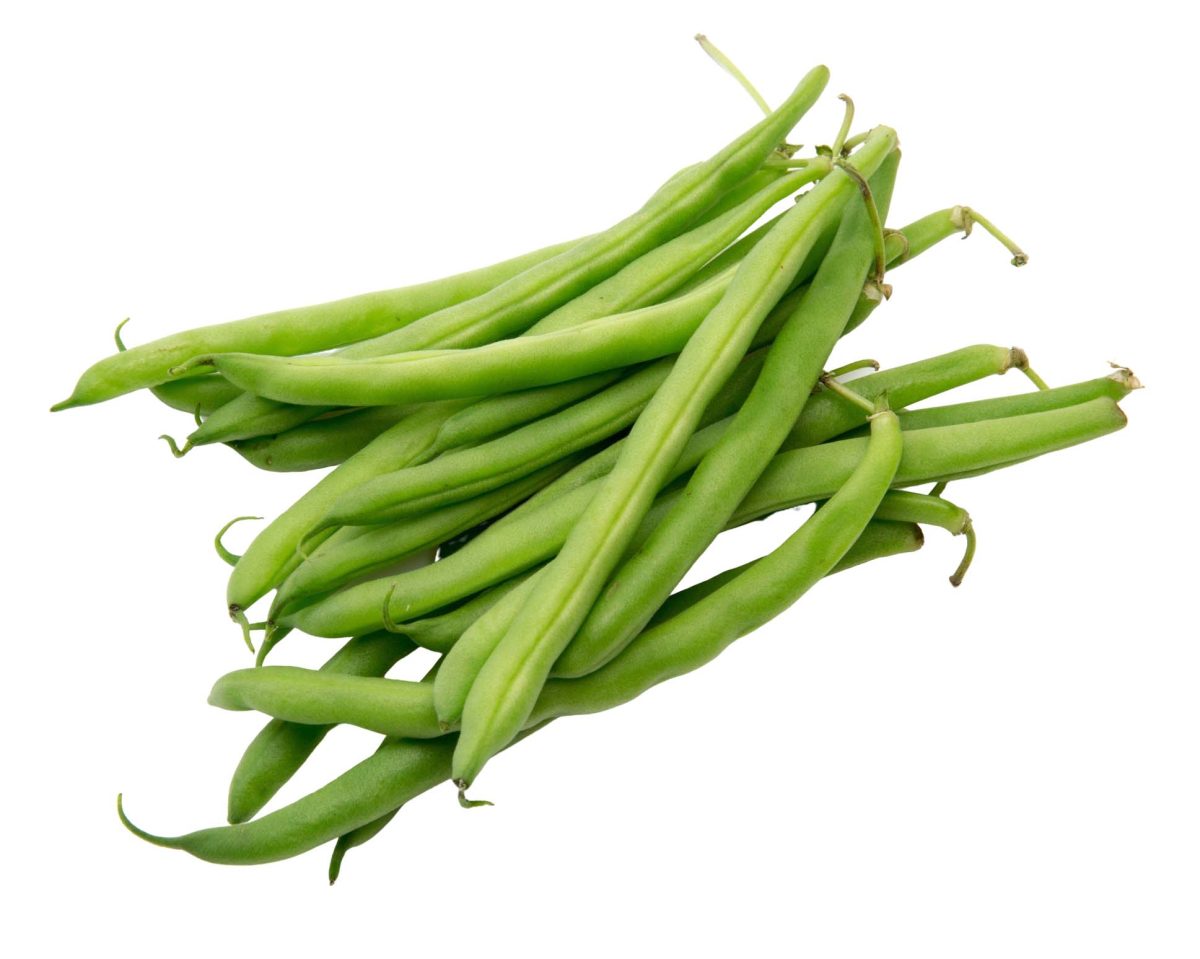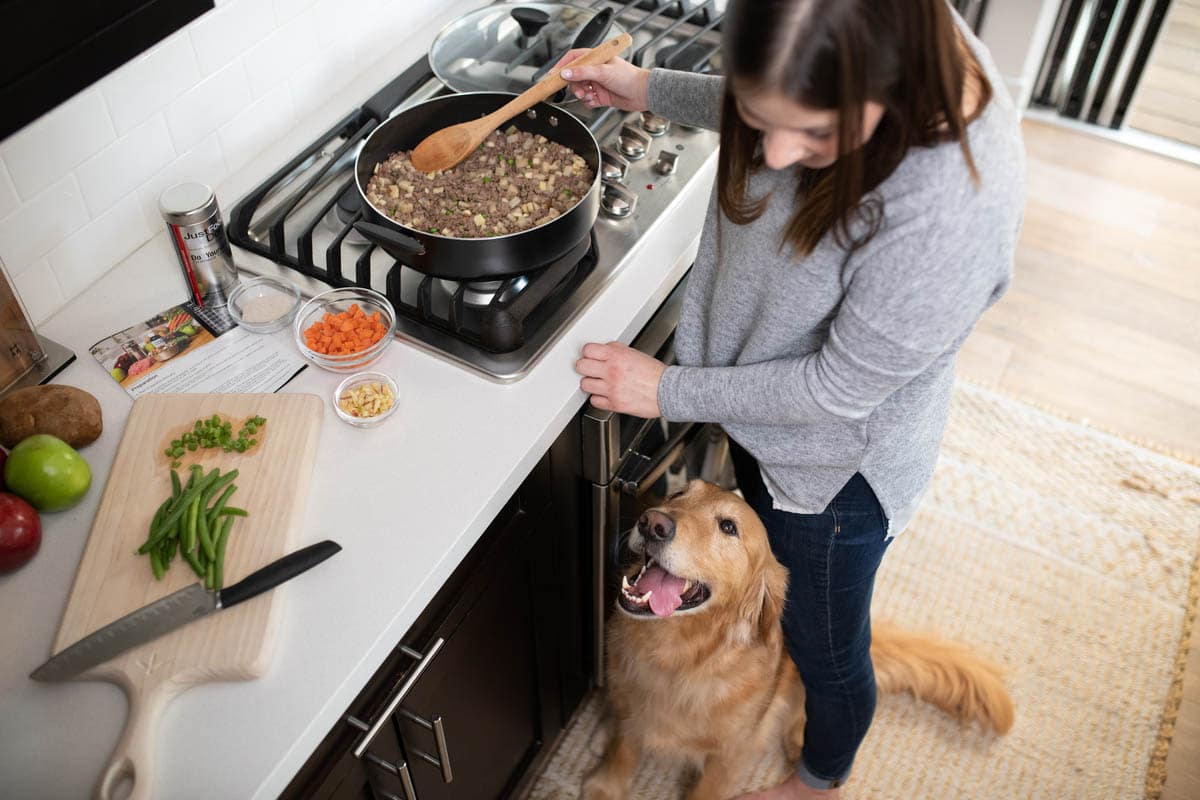The Pros & Cons of 6 Types of Dog Food
Breaking down the different types of dog food and how you can make an informed decision for your dog's overall health and wellness.
Choosing the best food for your furry friend can feel like navigating a complex maze. With countless options lining pet store shelves, it’s easy for pet parents to get overwhelmed. How do you choose what’s best to meet your dog’s nutritional needs? Let’s break down the different types of dog food options, their pros and cons, and help you make an informed decision for your dog’s overall health and wellness.
Dry Kibble: The Go-To
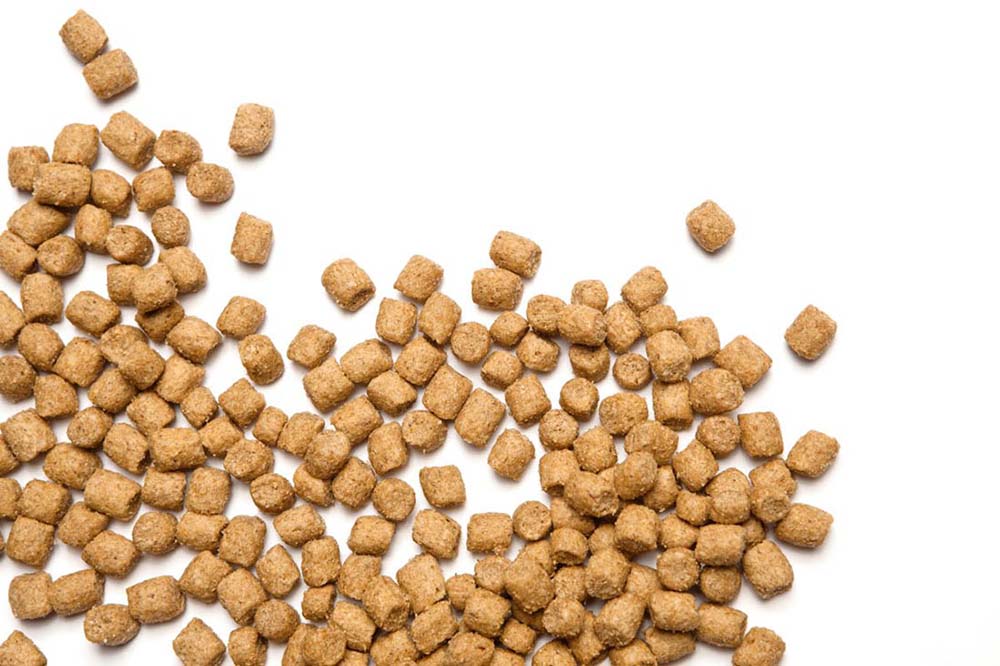
Kibble, or dry dog food, is the most common type of pet food. It’s convenient and has a long shelf life. However, dry food typically has a lower water content, which may lead to dehydration if your dog doesn’t drink enough. Additionally, kibble contains additives, feed-grade carbs and fillers, artificial preservatives, and by-products that the USDA deems unsuitable for human consumption, which might not provide optimal nutritional value.
Pros:
- Convenient and easy to store
- Cost-effective
Cons:
- Lower water content
- Rendered meat
- Potential for lower-quality ingredients
- May not be as palatable as other options
- Premium versions are costly
Wet Food: A Flavorful Option
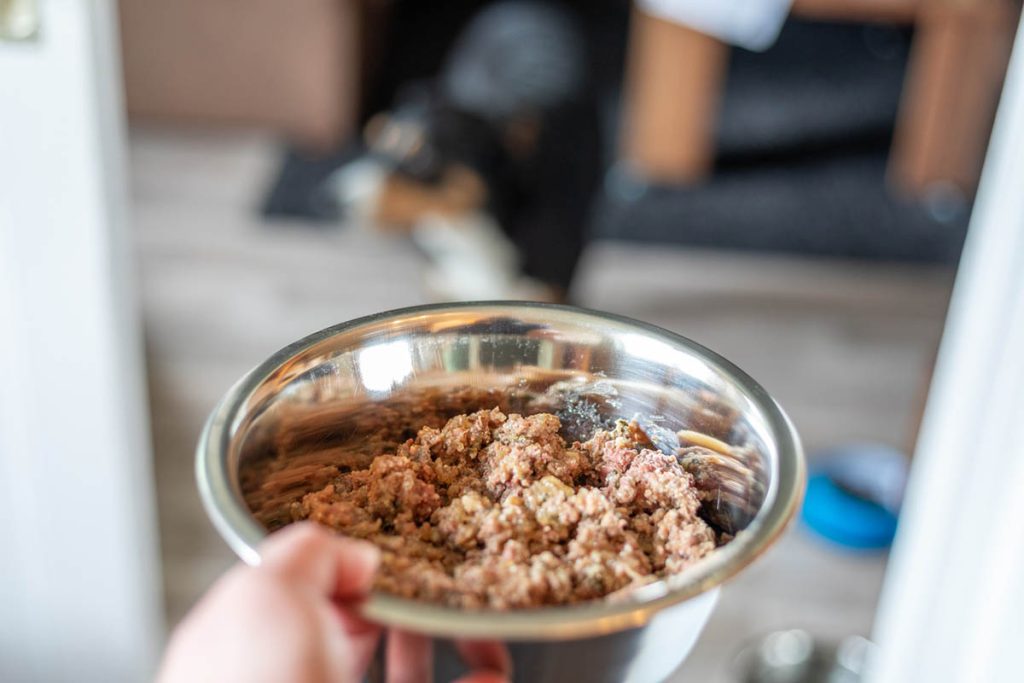
Wet dog food, often found in cans, ‘meat tubes,’ or pouches, is generally more palatable than kibble and has a higher moisture content. Canned dog food can be beneficial for dogs with picky appetites or those prone to dehydration. However, canned food is usually more expensive and includes carrageenan, a known carcinogen.
Pros:
- High water content
- More palatable
Cons:
- More expensive
- Carrageenan
- Shorter shelf life
Raw Dog Food: Controversial

Raw food diets consist primarily of raw meat, bones, raw eggs, and organs. Proponents argue that it mimics a dog’s ancestral diet and is therefore more natural. However, raw food carries significant risks, including bacterial contamination, nutritional imbalances, and the potential for choking hazards. It’s crucial to consult with a veterinarian before starting a raw diet.
Pros:
- High protein content
- Bones may help with tartar buildup
- Anecdotal evidence shows it may improve coat and skin health
Cons:
- Risk of bacterial contamination
- May not meet nutritional requirements
- Potential choking hazards
- Expensive
- Lack of scientific evidence
Grain-Free: Jury’s Out
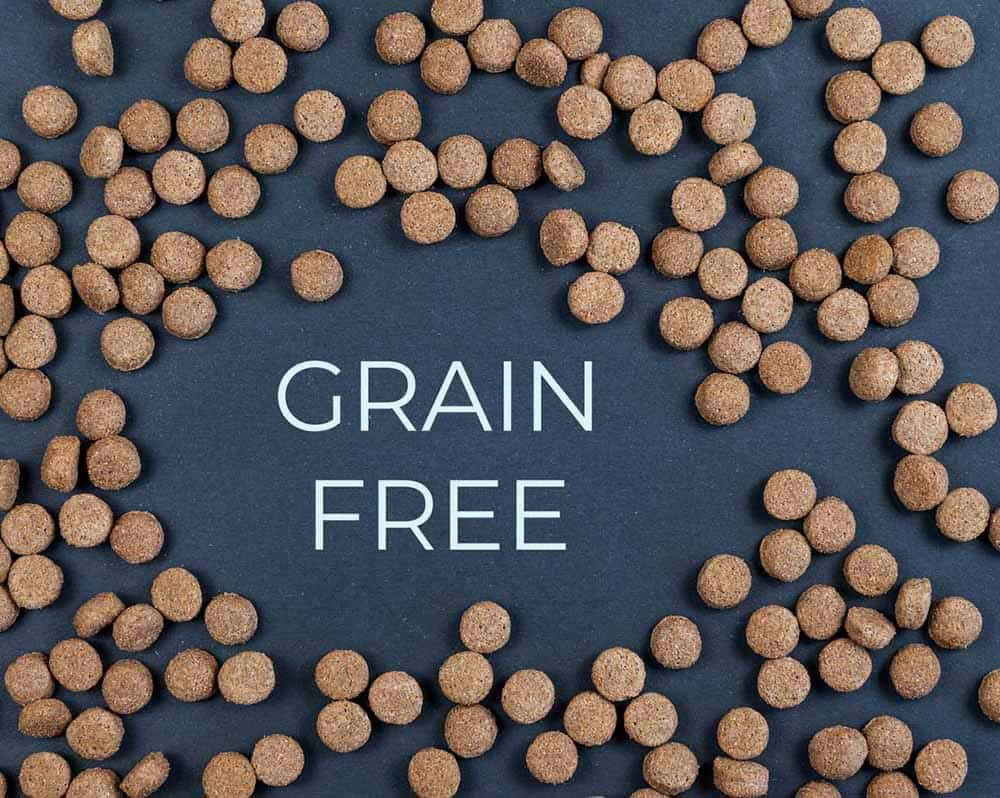
Grain-free dog food products have gained popularity, but there has been some controversy surrounding its link to heart disease. While it may be a good option for dogs with food allergies, it’s essential to choose a high-quality grain-free food and consult with a veterinary nutritionist first.
Pros:
- Suitable for dogs with grain sensitivities
- Often contains high-quality protein sources
Cons:
- Potential link to heart disease
- Can be more expensive
Fresh Dog Food: A Scientifically-Backed Choice
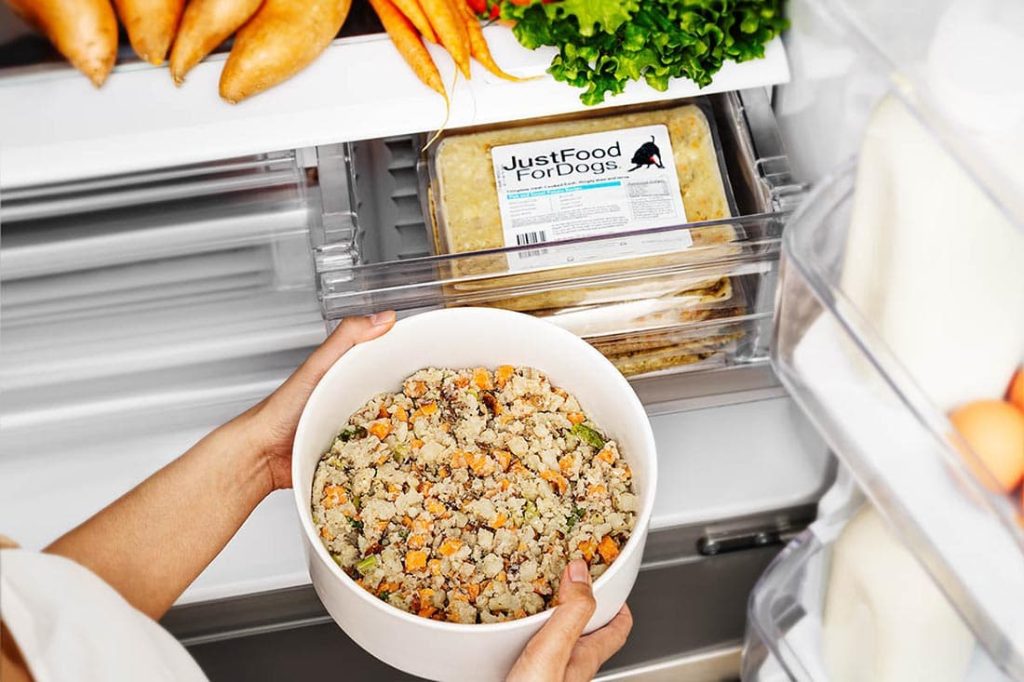
Fresh food diets have proven health benefits and are clinically shown to be 40% more digestible than kibble. Peer-reviewed studies also show it may boost the immune system of healthy dogs that eat it compared to kibble.
Other Options: Freeze-Dried and Toppers

- Freeze-dried food: Offers the convenience of kibble with the nutritional benefits of fresh food. It’s often higher in protein and lower in carbohydrates. However, according to the AVMA, the freeze-drying process does not kill all bacteria, so contamination is still a risk.
- Toppers: Can be added to kibble to enhance flavor and provide additional nutrients. They come in various forms, including wet food, freeze-dried, fresh, and raw.
Finding the Best Food for Your Dog

Ultimately, the best dog food depends on your dog’s needs, life stage, breed, and health conditions. Consider factors such as nutritional balance, palatability, calories, budget, and convenience when making your decision. It’s always recommended to consult with your veterinarian to determine the most appropriate diet for your furry friend.
Remember, a balanced diet is crucial for your dog’s overall health. Seek a variety of whole-food ingredients (keep in mind: dogs are omnivores, not obligate carnivores like cats).
While commercial dog food brands provide a convenient and often complete source of nutrition that meets AAFCO standards, some pet owners choose to supplement their dog’s diet with human foods like cooked chicken, antioxidant-packed vegetables, or extra omega-3 fatty acids. However, it’s important to consult with your vet to ensure you’re providing the right balance of essential nutrients and amino acids, and avoiding any harmful ingredients.
By understanding the different types of dog food and their pros and cons, dog owners can make an informed choice that supports their dog’s dietary needs, well-being, and happiness.
This content is for informational use only and does not replace professional nutrition and/or medical advice, diagnosis, or treatment. It is not a substitute for and should not be relied upon for specific nutrition and/or medical recommendations. Please talk with your veterinarian about any questions or concerns.
Citations
Freeman, Lisa M., Marjorie L. Chandler, Beth A. Hamper, and Lisa P. Weeth. 2013. “Current Knowledge about the Risks and Benefits of Raw Meat–Based Diets for Dogs and Cats.” Journal of the American Veterinary Medical Association 243 (11): 1549–58. https://doi.org/10.2460/javma.243.11.1549.
“Abstract.” 2014. Journal of Animal Physiology and Animal Nutrition 98 (6): 1187–1201. https://doi.org/10.1111/jpn.12269.
